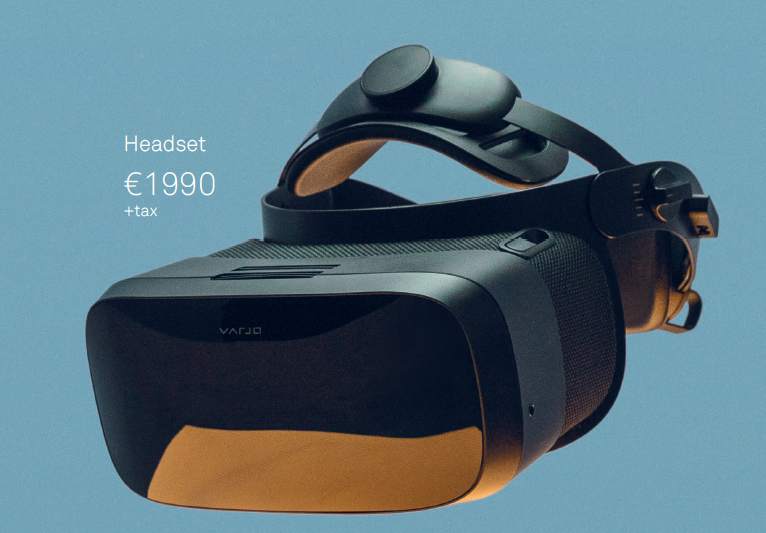In today’s classrooms, augmented reality (AR) education tools are a great way to introduce and excite students about any subject. Not only can they go beyond textbooks and abstract concepts and make them “real” but many AR tools can work independently of the teacher and the physicality of the classroom too. And as opposed to the typically expensive technical requirements of a full virtual reality setup, like a headset and gloves, AR education tools usually only need equipment that most classrooms and students already have: the computer, smartphone, or tablet.
Here are some great platforms that can add the AR experience to almost any subject. (Note: These are platforms where the student, educator, or both can create their own learning content. So this list does not cover apps that are specifically made for a specific topic or companies that offer development of AR apps for education. All of these platforms have some kind of free tier as well — free trials did not count.)
1. Holo-SDK (https://www.holo-sdk.com/educational-program)
Holo-SDK lets teachers and students create their own AR models a little differently than the next program in the list. As hinted at in the name, Holo-SDK is a Unity plugin, allowing users to create their own holograms that will be projected from the computer screen with the help of anaglyph glasses (those red and blue glasses) while using its Desktop AR app. Modeling can be done in almost any 3D program and imported into Unity to be transformed as a holographic 3D model or game.
2. Grib (https://grib3d.com)
Although it’s still in beta, the Grib app looks to be a promising way for teachers and students to create their own AR models. By scanning a flat drawing and using gestures in the app, users can push and pull the digital clay to create an AR model that can be then exported or 3D printed.
AR Platforms for Educators and Students
3. Metaverse (/https://studio.gometa.io/landing)
Metaverse is an augmented reality program that allows teachers and students to create their own Metaverse experiences. A Metaverse experience covers a variety of AR activities, from games and quizzes to scavenger hunts and stories. Teachers can gamify their lessons while students can create their own games to show what they’ve learned (plus learn some basic coding along the way).
4. MERGE Cube (https://mergeedu.com/cube)
A little different from Metaverse and the other apps on this list, MERGE cubes are foam cubes that work with AR applications and 3D software so students can “hold” the 3D objects in their hands. It’s a way for students to have hands-on experience using the power of AR to change what they see and interact with, all depending on the lesson. Teachers can use a library of already-made models in combination with the Merge app to augment their lessons but both students and teachers can also hold models that they’ve made.
5. Waypoint EDU (https://www.waypointedu.com)
The Waypoint EDU app allows educators to create AR scavenger hunts, or as they call it “hunts.” Designed only for iPads and iPhones, the app lets students learn more about almost any subject through geo-caching. The teacher creates multiple choice questions that are activated when a student finds the Waypoint in the play area. The two pre-installed hunts have 3D models that the students can find. There is also an option for indoor play by using printed “Hunt Cards.”
6. 3D Bear (https://www.3dbear.io)
The 3D Bear app allows both teachers and students to create AR designs and stories that can be recorded and shared. Using the model libraries of Sketchfab and Thingiverse, as well as the teacher’s or students’ own models, students can recreate scenes from history, model an ecosystem, among many other uses. There are also ready-made lesson plans for educators.
7. CoSpaces Edu (https://cospaces.io/edu/)
Students can learn how to create their own virtual world, picking up programming basics along the way, with CoSpace Edu app. Students use a drag-and-drop interface to code animations and behaviors to pre-created or self-created 3D models. Through the app, the students can see their creations, tours, stories, and games come to life in AR, in VR if they have a headset, in the browser, or interact with them using the previously mentioned Merge cubes.
8. JigSpace (https://jig.space)
Think of JigSpace like an encyclopedia of AR 3D models. Students can view an exploded view of an engine or cross section of a heart through the free app’s model library. Teachers and more advanced students can also upload their own 3D objects to view as well. With these models, teachers can create AR learning presentations around a certain topic and students can share what they’ve learned with each other.
9. AssemblrEdu (https://edu.assemblrworld.com/assemblr-edu-app)
The AssemblrEdu app allows teachers and students to create AR-focused lesson plans and presentations using existing models, create their own models in the in-app editor, or import their own. Teachers can easily share the lessons with their students in a virtual classroom and also download the projects of other teachers and students.
As the technology and devices improve, there will be more ways for AR to create educational, exciting experiences in the classroom. All that matters is how teachers can use them.
More info https://www.holo-sdk.com










